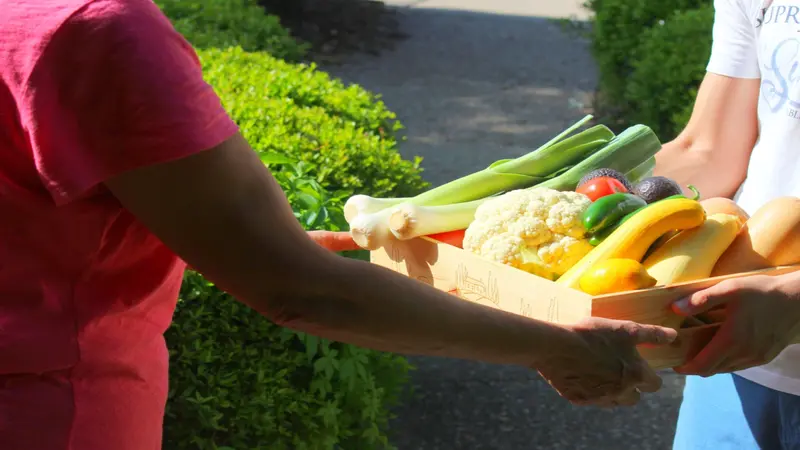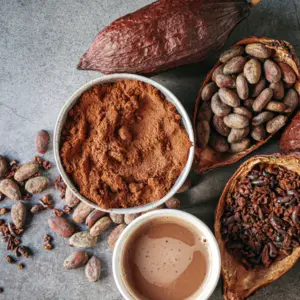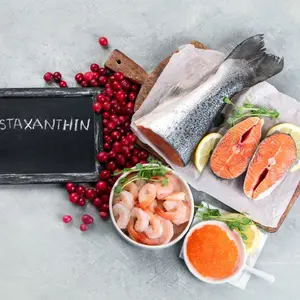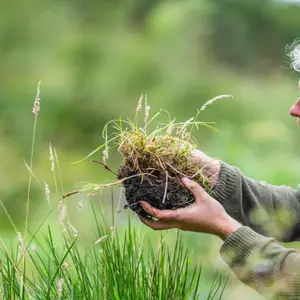

Food, Farming and Nutrition

Food, Farming and Nutrition
Understanding Community-Supported Agriculture
Community Supported Agriculture, or CSA, offers a direct connection between consumers and local farms through a subscription model that regularly delivers fresh, seasonal produce and other goods for all or part of the year. Rooted in a rich history of food justice and sustainability, CSAs help nourish both people and communities.
A CSA provides customers with a dependable supply of nutrient-rich, often organic, local produce delivered on a weekly, biweekly, or monthly basis. These boxes can include much more than vegetables—fruits, fresh bread, fermented goods, dried beans, oats, and even flowers may be part of the offering. Some farms also include a weekly newsletter featuring recipe ideas and updates from the farm.
CSA History
Though often credited to movements in Japan and Europe, the roots of CSAs in the United States trace back to the 1960s and the work of Dr. Booker T. Whatley, a Black horticulturist and professor at Tuskegee University in Alabama. Motivated by the decline of Black-owned farms and the promise of regenerative agriculture, Dr. Whatley developed “clientele membership clubs”—a direct-to-consumer model that allowed farmers to plan production, anticipate demand, and secure a stable market. These clubs emphasized environmental stewardship, community connection, and educational experiences, laying the foundation for today’s CSA, farm-to-table, and pick-your-own models.
CSA Benefits
Customers receive fresh, ethical, and headache-free produce on a consistent basis. By subscribing to a CSA, individuals support community-based agriculture while eating seasonally and responsibly.
Emerging research suggests that CSA participation may help increase weekly consumption of fruits and vegetables, contributing to healthier diets.
Beyond the food itself, CSA members often place high value on their direct relationship with local farms. This connection fosters a sense of ownership over one’s food source and deepens community ties—creating a level of engagement that sets CSA apart from other food purchasing options.
Farmers also gain vital support. The upfront commitment from subscribers provides farmers with a reliable stream of income, enabling them to plan for the season, purchase seeds and supplies, and pay their staff without waiting until harvest. This financial stability allows farms to offer living wages, invest in improvements, and dedicate time to initiatives such as soil health and community education on ethical farming.
Joining a CSA
To get started, begin by exploring online directories such as the U.S. Department of Agriculture's CSA directory, which allows searches by location and the ability to compare different CSA offerings in the area. Another option is to visit the local farmers’ market and talk directly with vendors—many of whom operate CSA programs—and learn more about the produce they offer. Reach out to small farms in the region by checking their websites or social media pages, where CSA options, pricing, and pickup or delivery details are often listed. Signing up is usually as simple as completing a form, selecting the preferred share size and schedule, and making a payment. Some programs offer add-ons like eggs, dairy, or flowers, providing additional ways to connect with the local food system.


 By
By







